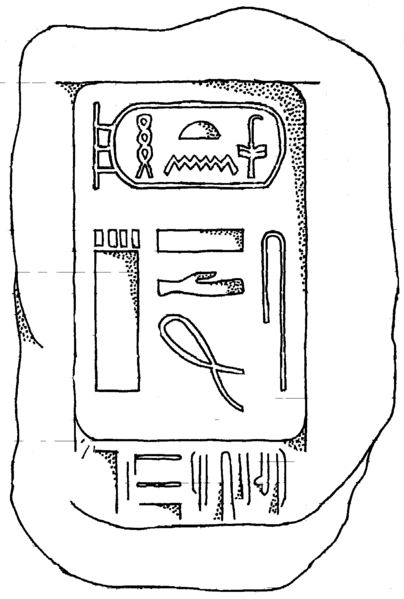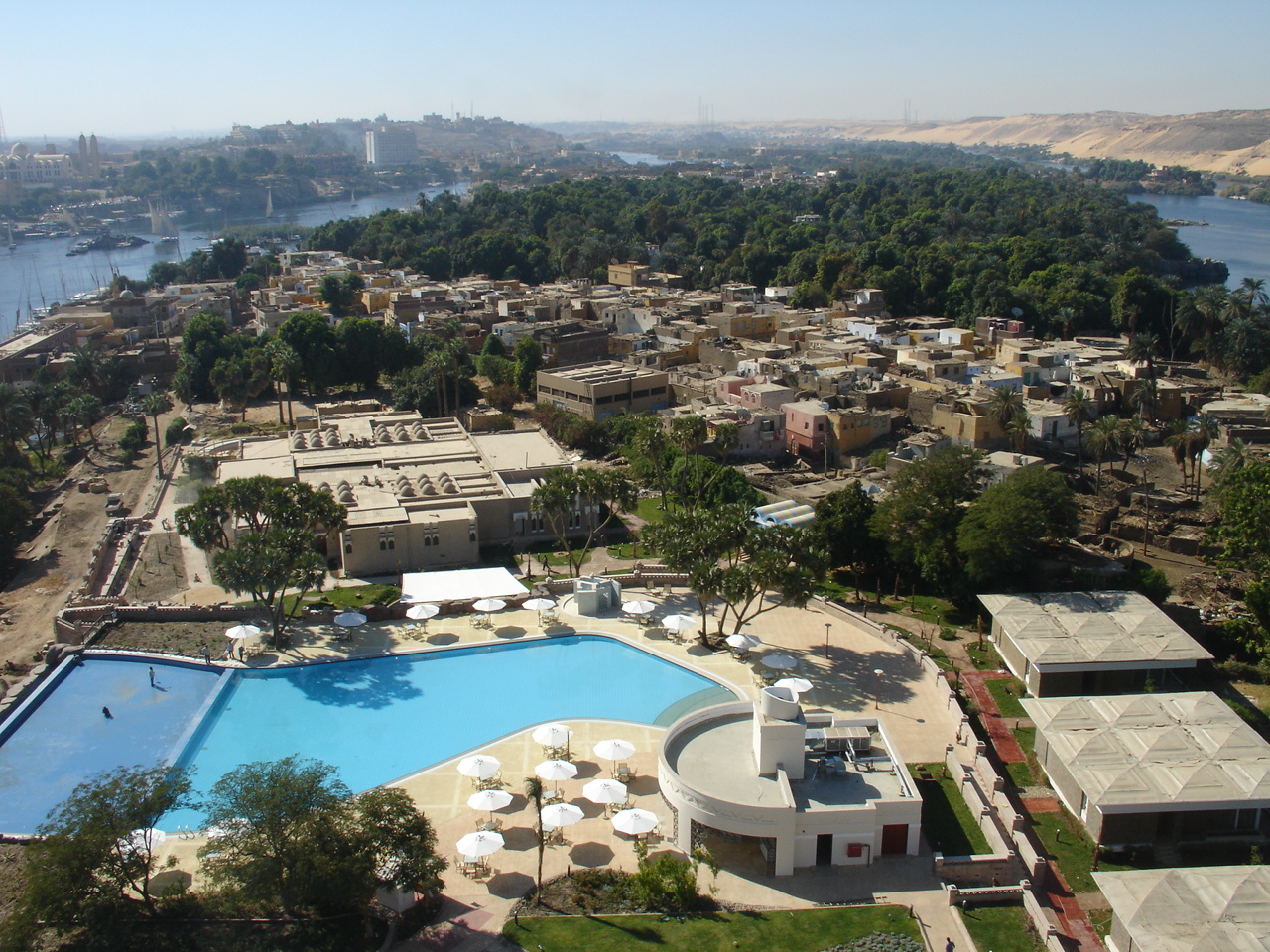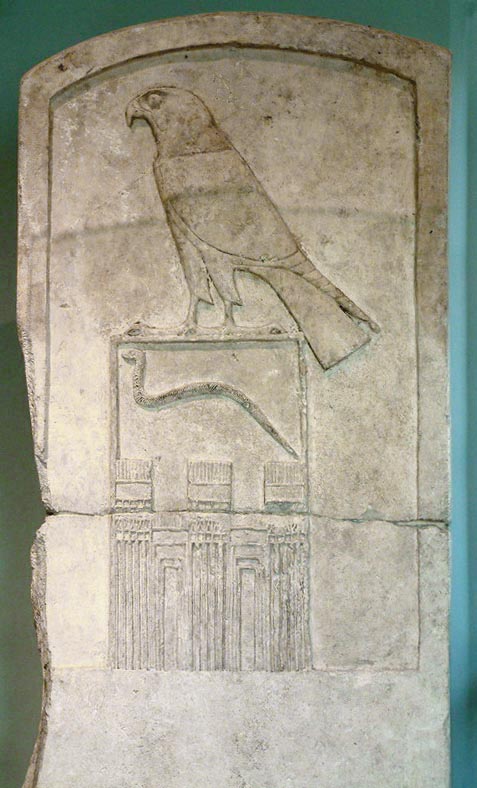|
Khaba
Khaba (also read as Hor-Khaba) was a pharaoh of Ancient Egypt, active during the Third Dynasty of Egypt, 3rd Dynasty of the Old Kingdom of Egypt, Old Kingdom period. The exact time during which Khaba ruled is unknown but may have been around 2670 BC,Thomas Schneider: ''Lexikon der Pharaonen''. Albatros, Düsseldorf 2002, , p. 97. and almost definitely towards the end of the dynasty. King Khaba is considered to be difficult to assess as a figure of ancient Egypt. His name is archaeologically well-attested by stone bowls and mud seal impressions. Khaba's reign is securely dated to the Third Dynasty. Because of the contradictions within Ramesside king lists and the lack of contemporary, festive inscriptions, his exact chronological position within the dynasty remains disputed. These problems originate in part from contradictory king lists, which were all compiled long after Khaba's death, especially during the Nineteenth Dynasty of Egypt, Ramesside era (which is separated from ... [...More Info...] [...Related Items...] OR: [Wikipedia] [Google] [Baidu] |
Layer Pyramid
The Layer Pyramid (known locally in Arabic as ''el haram el midawwar'', ar, الهرم المدور, meaning 'rubble-hill pyramid') is a ruined step pyramid dating to the 3rd Dynasty of Egypt (2686 BC to 2613 BC) and located in the necropolis of Zawyet El Aryan. Its ownership is uncertain and may be attributable to pharaoh Khaba. The pyramid architecture, however, is very similar to that of the Buried Pyramid of king Sekhemkhet and for this reason is firmly datable to the 3rd Dynasty. The pyramid was excavated at the beginning of the 20th century by two different teams who reported conflicting estimates regarding its size and number of subterranean chambers. No artefacts were found over the course of the excavations, and no trace of a burial could be found. For this reason, it is unclear whether the pyramid was used to bury a pharaoh or was abandoned following the premature death of the king. At the time of its construction the pyramid was surrounded by a necropolis housing ... [...More Info...] [...Related Items...] OR: [Wikipedia] [Google] [Baidu] |
Huni
Huni (original reading unknown) was an ancient Egyptian king and the last pharaoh of the Third Dynasty of Egypt during the Old Kingdom period. Following the Turin king list, he is commonly credited with a reign of 24 years, ending c. 2613 BC. Huni's chronological position as the last king of the third dynasty is seen as fairly certain, but there is still some uncertainty on the succession order of rulers at the end of the 3rd dynasty. It is also unclear under which Hellenized name the ancient historian Manetho could have listed him in his historical writing ''Aegyptiacae''. Most possibly he is to be identified with the Hellenized name Aches, as Winfried Barta proposes. Many Egyptologists believe that Huni was the father and direct predecessor of king Sneferu, but this is questioned by other scholars. Huni is seen by scholars as a confusing figure in Egyptian history, because he was long remembered in Egyptian traditions, but very few documents, objects or monuments f ... [...More Info...] [...Related Items...] OR: [Wikipedia] [Google] [Baidu] |
Third Dynasty Of Egypt
The Third Dynasty of ancient Egypt (Dynasty III) is the first dynasty of the Old Kingdom. Other dynasties of the Old Kingdom include the Fourth, Fifth and Sixth. The capital during the period of the Old Kingdom was at Memphis. Overview After the turbulent last years of the Second Dynasty, which might have included civil war, Egypt came under the rule of Djoser, marking the beginning of the Third Dynasty.Dodson, Hilton, ''The Complete Royal Families of Ancient Egypt'', 2004 Both the Turin King List and the Abydos King List record five kings,Toby A.H. Wilkinson, ''Early Dynastic Egypt'', Routledge, 2001 while the Saqqara Tablet only records four, and Manetho records nine,Aidan Dodson: ''The Layer Pyramid of Zawiyet el-Aryan: Its Layout and Context.'' In: ''Journal of the American Research Center in Egypt (JARCE)'', No. 37 (2000). American Research Center (Hg.), Eisenbrauns, Winona Lake/Bristol 2000, , pp. 81–90. many of whom did not exist or are simply the same king unde ... [...More Info...] [...Related Items...] OR: [Wikipedia] [Google] [Baidu] |
Third Dynasty Of Egypt
The Third Dynasty of ancient Egypt (Dynasty III) is the first dynasty of the Old Kingdom. Other dynasties of the Old Kingdom include the Fourth, Fifth and Sixth. The capital during the period of the Old Kingdom was at Memphis. Overview After the turbulent last years of the Second Dynasty, which might have included civil war, Egypt came under the rule of Djoser, marking the beginning of the Third Dynasty.Dodson, Hilton, ''The Complete Royal Families of Ancient Egypt'', 2004 Both the Turin King List and the Abydos King List record five kings,Toby A.H. Wilkinson, ''Early Dynastic Egypt'', Routledge, 2001 while the Saqqara Tablet only records four, and Manetho records nine,Aidan Dodson: ''The Layer Pyramid of Zawiyet el-Aryan: Its Layout and Context.'' In: ''Journal of the American Research Center in Egypt (JARCE)'', No. 37 (2000). American Research Center (Hg.), Eisenbrauns, Winona Lake/Bristol 2000, , pp. 81–90. many of whom did not exist or are simply the same king unde ... [...More Info...] [...Related Items...] OR: [Wikipedia] [Google] [Baidu] |
Zawyet El'Aryan
Zawyet El Aryan () is a town in the Giza Governorate, located between Giza and Abusir. To the west of the town, just in the desert area, is a necropolis, referred to by the same name. Almost directly east across the Nile is Memphis. In Zawyet El Aryan, there are two pyramid complexes and five mastaba cemeteries. Pyramids Layer Pyramid The Layer Pyramid was built in the Third Dynasty, probably during the reign of Khaba. The pyramid was meant to be a step pyramid of possibly five to seven steps. No casing stones have been found, suggesting that the pyramid was never finished. The layout of the underground chambers resembles that of the Buried Pyramid. A corridor leading into the interior has thirty-two side chambers meant for storage of the burial equipment.Verner, Miroslav: ''The Pyramids: The Mystery, Culture, and Science of Egypt's Great Monuments''. Grove Press. 2001 (1997). , p. 270.Rainer Stadelmann: ''Die ägyptischen Pyramiden. Vom Ziegelbau zum Weltwunder'' (= ''K ... [...More Info...] [...Related Items...] OR: [Wikipedia] [Google] [Baidu] |
Sanakht
Sanakht (also read as Hor-Sanakht) is the Horus name of an ancient Egyptian king (pharaoh) of the Third dynasty of Egypt, Third Dynasty during the Old Kingdom of Egypt, Old Kingdom. His chronological position is highly uncertain (though he is more likely to have reigned towards the end of the dynasty), and it is also unclear under which Hellenization, Hellenized name the ancient historian Manetho could have listed him. Many Egyptologists connect Sanakht with the Ramesside cartouche name ''Nebka''. However, this remains disputed because no further royal title of that king has ever been found; either in contemporary source or later ones. There are two relief fragments depicting Sanakht originally from the Wadi Maghareh on the Sinai Peninsula. Identity Sanakht's identity and position in the Third Dynasty is not entirely clear and remains the subject of debate. While Sanakht's existence is attested by seal fragments from mastaba K2 at Beit Khallaf and a Graffito (archaeology), graffi ... [...More Info...] [...Related Items...] OR: [Wikipedia] [Google] [Baidu] |
Sekhemkhet
Sekhemkhet (also read as Sechemchet) was an ancient Egyptian king (pharaoh) of the 3rd Dynasty during the Old Kingdom. His reign is thought to have been from about 2648 BC until 2640 BC. He is also known under his later traditioned birth name Djoser-tety and under his Hellenized name Tyreis (by Manetho; derived from ''Teti'' in the Abydos King List). Sekhemkhet was probably the brother or eldest son of king Djoser. Little is known about this king, since he ruled for only a few years. However, he erected a step pyramid at Saqqara and left behind a well known rock inscription at Wadi Maghareh (Sinai Peninsula). Reign The duration of Sekhemkhet's reign is believed to have been six to seven years. The royal Turin Canon attributes six years of reign to Sekhemkhet, a figure also proposed by Myriam Wissa based on the unfinished state of Sekhemkhet's pyramid. Using his reconstruction of the Palermo Stone ( 5th Dynasty), Toby Wilkinson assigns seven years to this king. This figure i ... [...More Info...] [...Related Items...] OR: [Wikipedia] [Google] [Baidu] |
Elephantine
Elephantine ( ; ; arz, جزيرة الفنتين; el, Ἐλεφαντίνη ''Elephantíne''; , ) is an island on the Nile, forming part of the city of Aswan in Upper Egypt. The archaeological sites on the island were inscribed on the UNESCO World Heritage List in 1979 along with other examples of Upper Egyptian architecture, as part of the " Nubian Monuments from Abu Simbel to Philae" (despite Elephantine being neither Nubian, nor between Abu Simbel and Philae). Geography Elephantine is from north to south, and is across at its widest point. The layout of this and other nearby islands in Aswan can be seen from west bank hillsides along the Nile. The island is located just downstream of the First Cataract, at the southern border of Upper Egypt with Lower Nubia. This region above is referred to as Upper Egypt because it is further up the Nile. The island may have received its name after its shape, which in aerial views is similar to that of an elephant tusk, or from the rou ... [...More Info...] [...Related Items...] OR: [Wikipedia] [Google] [Baidu] |
Petrie Museum
The Petrie Museum of Egyptian Archaeology in London is part of University College London Museums and Collections. The museum contains over 80,000 objects and ranks among some of the world's leading collections of Egyptian and Sudanese material. History The museum was established as a teaching resource for the Department of Egyptian Archaeology and Philology at University College at the same time as the department was established in 1892. The initial collection was donated by the writer Amelia Edwards. The first Edwards Professor, William Matthew Flinders Petrie, conducted many important excavations, and in 1913 he sold his collections of Egyptian antiquities to University College, creating the Flinders Petrie Collection of Egyptian Antiquities, and transforming the museum into one of the leading collections outside Egypt. The collection was first put on display in June 1915. Petrie excavated dozens of major sites in the course of his career, including the Roman Period cemete ... [...More Info...] [...Related Items...] OR: [Wikipedia] [Google] [Baidu] |
London
London is the capital and largest city of England and the United Kingdom, with a population of just under 9 million. It stands on the River Thames in south-east England at the head of a estuary down to the North Sea, and has been a major settlement for two millennia. The City of London, its ancient core and financial centre, was founded by the Romans as '' Londinium'' and retains its medieval boundaries.See also: Independent city § National capitals The City of Westminster, to the west of the City of London, has for centuries hosted the national government and parliament. Since the 19th century, the name "London" has also referred to the metropolis around this core, historically split between the counties of Middlesex, Essex, Surrey, Kent, and Hertfordshire, which largely comprises Greater London, governed by the Greater London Authority.The Greater London Authority consists of the Mayor of London and the London Assembly. The London Mayor is distinguished fr ... [...More Info...] [...Related Items...] OR: [Wikipedia] [Google] [Baidu] |
Ancient Egyptian Royal Titulary
The royal titulary or royal protocol is the standard naming convention taken by the pharaohs of ancient Egypt. It symbolised worldly power and holy might, also acting as a sort of mission statement for the duration of a monarch's reign (although sometimes it even changed during the reign). The full titulary, consisting of five names, did not come into standard usage until the Middle Kingdom but remained in use as late as the Roman Empire. Origins In order that the pharaoh, who held divine office, could be linked to the people and the gods, special epithets were created for them at their accession to the throne. These titles also served to demonstrate one's qualities and link them to the terrestrial realm. The five names were developed over the centuries beginning with the Horus name. This name identified the figure as a representative of the god Horus. The Nebty name was the second part of the royal titular of Upper and Lower Egypt. This name placed the king under the protectio ... [...More Info...] [...Related Items...] OR: [Wikipedia] [Google] [Baidu] |
Hudjefa
Hudjefa is an ancient Egyptian word meaning "missing" or "erased". It was used by the royal scribes of the Ramesside era during the Nineteenth Dynasty of Egypt, when the scribes compiled king lists such as the Abydos King List, the royal table of Sakkara and the Royal Canon of Turin when the name of a deceased pharaoh was unreadable, damaged, or completely erased. In the 19th century it was thought by Egyptologists and historians to be the name of a king, because the scribes had placed the word ''hudjefa'' inside a royal cartouche. But as knowledge about Ancient Egyptian phrasing and grammars advanced, scholars realized its true meaning. The scribes used the word ''hudjefa'' as a pseudonym replacing an illegible name of a king. They encircled it with a royal cartouche to mark it as a king's name, but following generations of scribes erroneously took it as the actual birth name of the to-be listed king. The Abydos King List presents the cartouche name ''Sedjes'' as the follower ... [...More Info...] [...Related Items...] OR: [Wikipedia] [Google] [Baidu] |








